Understanding the key dangers that challenge pilots and impact airport safety worldwide.
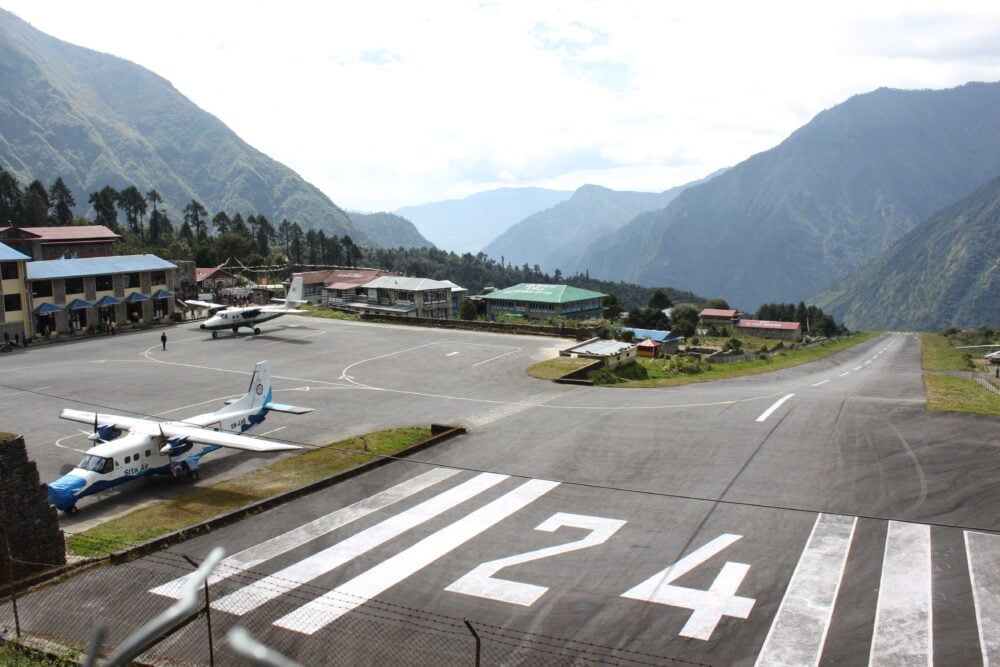
Certain airports around the globe are renowned not just for their beauty or busy schedules but for the unique dangers they pose. Factors such as challenging terrain, difficult weather conditions, short or sloped runways, and intricate approach paths all contribute to their high risk levels. Recognizing these elements helps travelers and aviation enthusiasts grasp why pilot skill and airport infrastructure are critical in these hazardous environments.
1. Lukla Airport challenges pilots with its short runway and mountain surroundings.
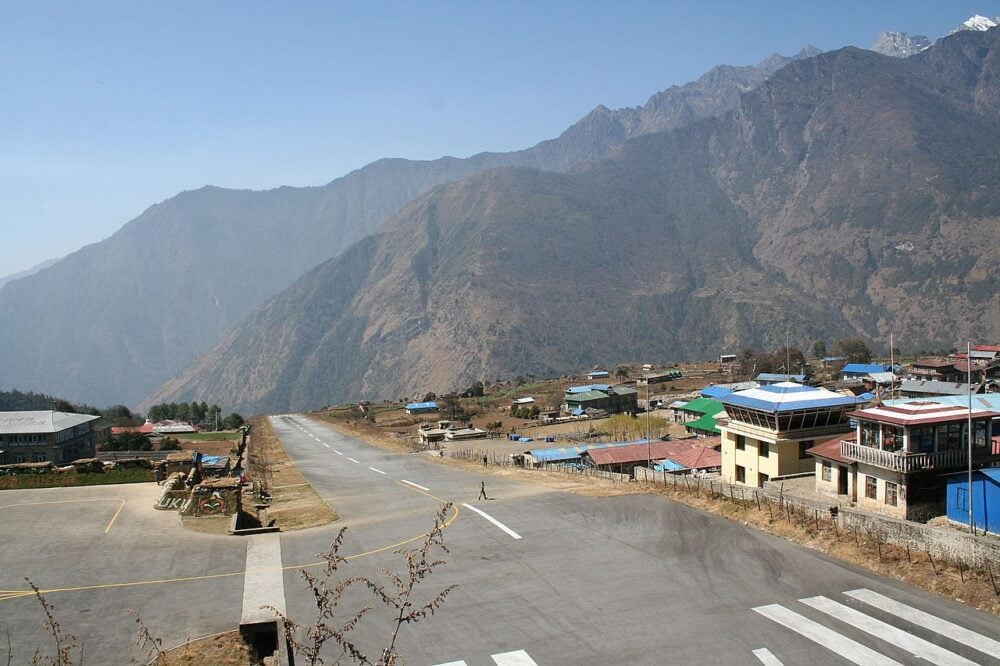
Nestled at high elevation, Lukla Airport presents pilots with a mere 527 meters of runway, located amidst the rugged peaks of the Himalayas. Tailwinds and quickly changing weather patterns add to the complexity, requiring enormous skill and precision to execute a safe landing.
Even seasoned aviators find their match here, where experience is indispensable under such conditions. The airport’s unforgettable setting, with snow-draped landscapes, might allure adventurous travelers, yet it serves as a stark reminder of the real-time risk factors inherent in high-altitude flights.
2. Toncontín International Airport demands expert navigation amid rugged terrain nearby.
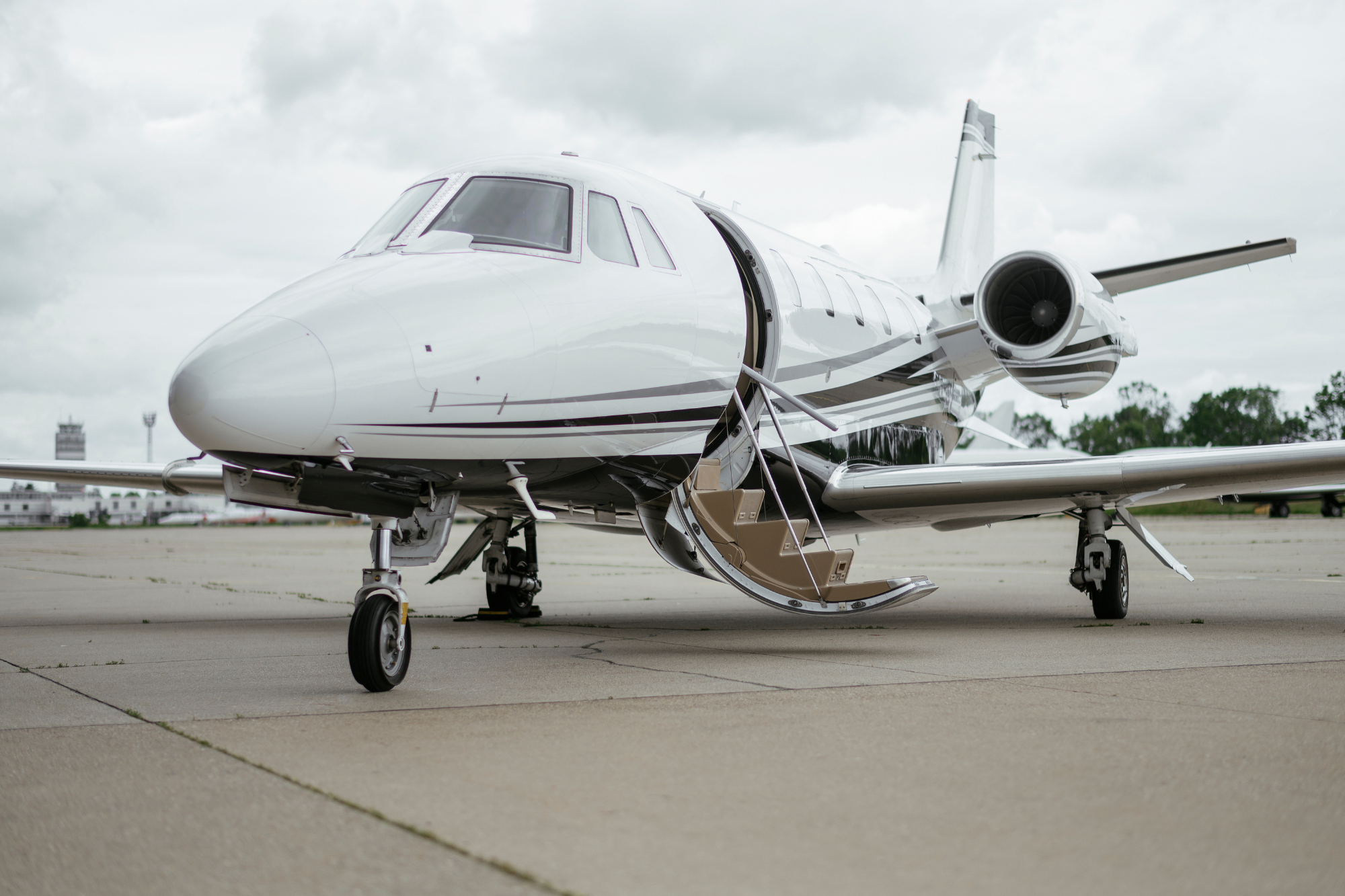
Toncontín International Airport sits surrounded by Honduras’s steep hills, compelling pilots to approach using specialized navigational maneuvers. Its location in a bowl-shaped valley requires expertise, as unexpected winds can unsettle even the most calculated approaches.
Flying into this airport challenges pilots to plan carefully, factoring in tight airspace and sharp descents. The proximity of the mountainous terrain further complicates landings, underscoring the need for practiced aviators to navigate such demanding conditions safely.
3. Gibraltar Airport features a runway crossing a busy road, raising risks.
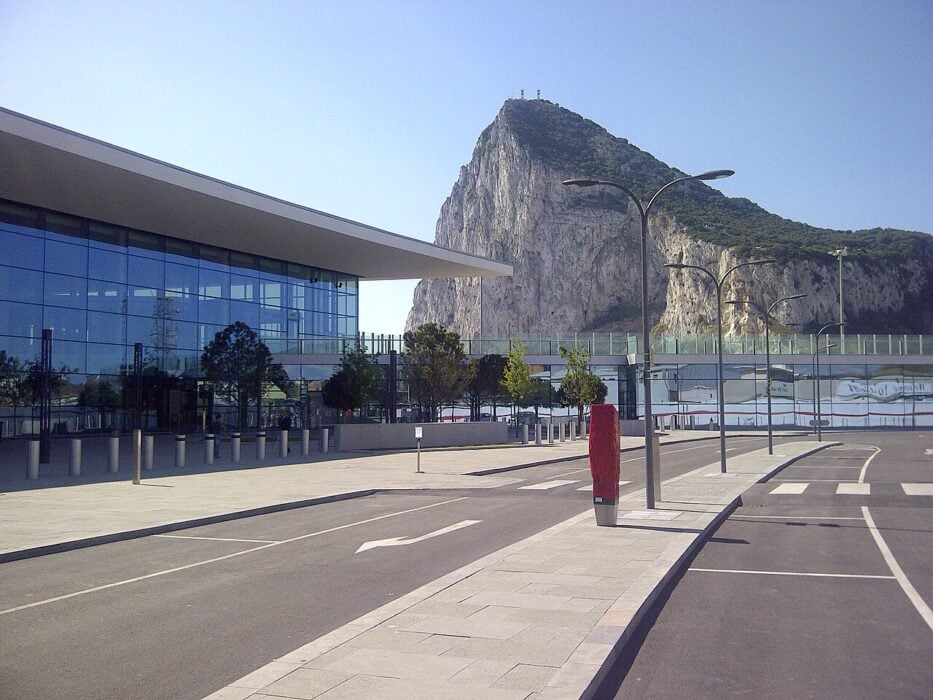
Gibraltar Airport presents the unusual challenge of having a runway intersecting Winston Churchill Avenue, one of the city’s main roads. When a plane is due, barriers lower to halt vehicles, allowing the aircraft safe passage on the tarmac shared with everyday traffic.
This blending of road and runway not only raises traffic management issues but adds a unique dimension of risk. It requires precise timing and coordination, which makes pilot training and effective communication with ground control crucial for ensuring a seamless process.
4. Princess Juliana Airport is famous for its low-altitude aircraft approaches.
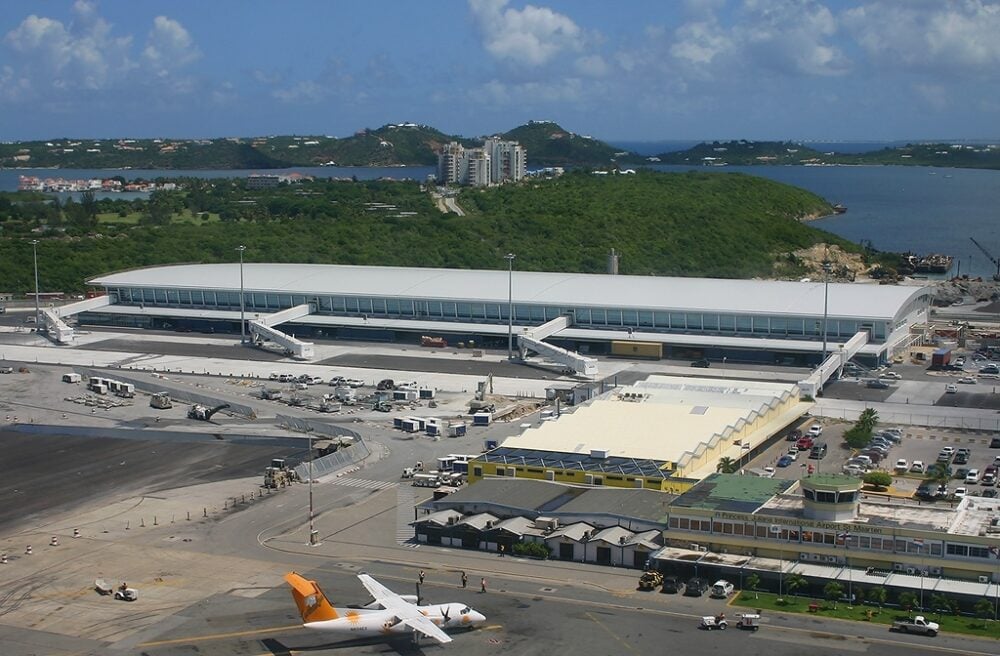
Known for its close-proximity beach, Princess Juliana Airport in Sint Maarten necessitates that aircraft fly just meters above sunbathers. This low-altitude approach is breathtaking but leaves little room for error, demanding meticulous execution by pilots navigating descending paths.
Crowds flock to witness the thrilling sights of near-touch landings. But below the spectacle lies an intricate dance of technique, requiring aviators to strike the perfect balance between smooth touchdown and the awe-inducing show above the turquoise waves.
5. Paro Airport requires precise landings due to Himalayan mountain proximity.
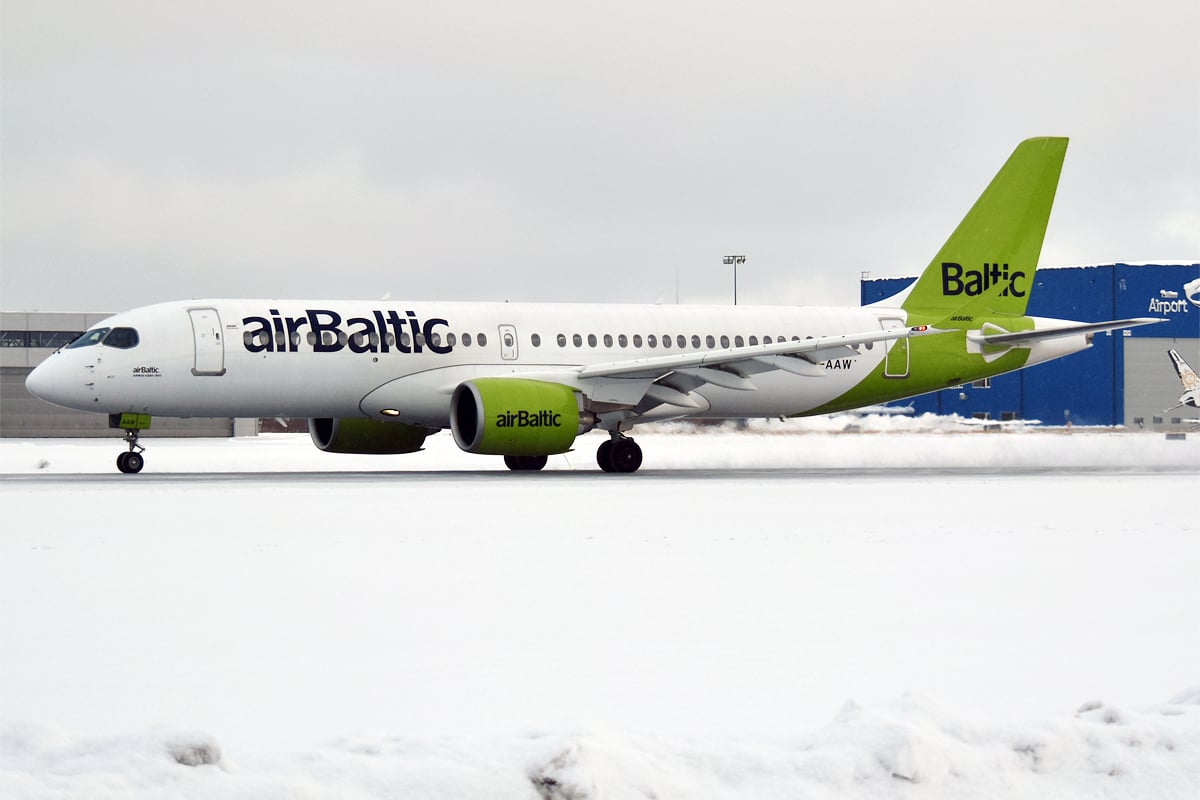
At Paro Airport in Bhutan, pilots must master the delicate art of landing within a valley lined by steep Himalayan giants. The runway’s orientation and the relentless winds demand pinpoint accuracy, especially as aircraft loop through narrow spaces hardly wider than the wingspan.
Here, landings become a lesson in precision and patience, as only a select few are certified to navigate this complex terrain. The towering peaks guard this gateway, where the harmony of nature’s beauty and aviation’s challenge is uniquely felt.
6. Courchevel Altiport tests aviators with icy conditions and steep slopes.
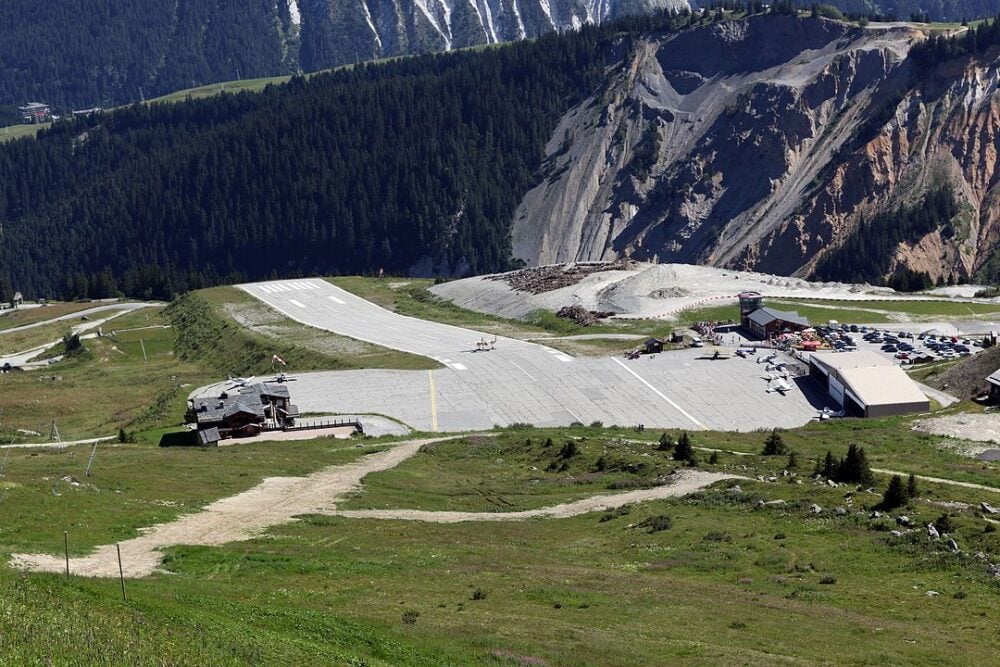
In the French Alps, Courchevel Altiport features icy runways and unforgiving slopes that challenge even the most skilled pilots. The airfield’s location in a ski resort offers a mesmerizing view, but the dangerous descent on a short, sloped runway requires significant expertise.
Winter weather complicates landings with low visibility and slippery surfaces, leaving no margin for error. Aviators must maintain control and confidence to land safely in one of the few airports in the world where surrounding cliffs frequently greet arrivals and departures.
